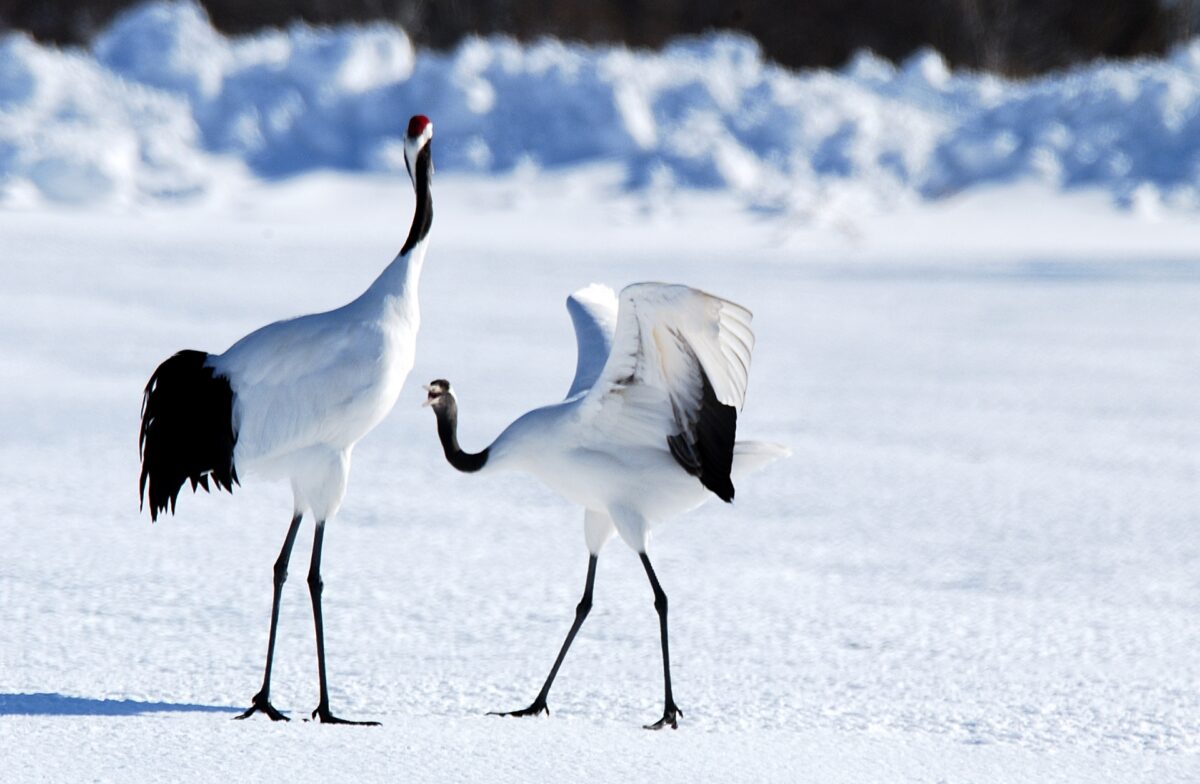A Journey to Explore the Origins and History of Daikan (Major Cold) | Approaching the Last Seasonal Division of the Seventy-two Pentads and Twenty-four Solar Terms
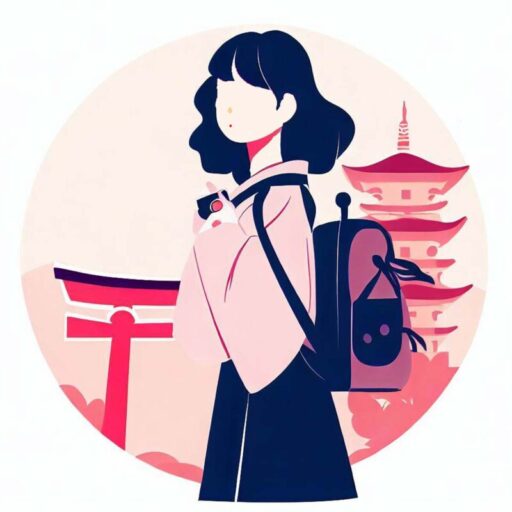
『 This article is… 』
Travel writer Kasumi embarks on a journey to explore the origins, history, and modern customs of Daikan (Major Cold). As the last of the twenty-four solar terms, Daikan marks a seasonal turning point where the arrival of spring can be felt amidst the severe cold. From Hokkaido’s drift ice, Aomori’s komise (snow huts), to Yamagata’s “Japan’s Coldest” signboard, Kasumi learns about the wisdom of our ancestors and the strength of people living in modern times through the unique customs that remain in each region during Daikan. Join us on this journey to experience the depth of Japanese culture and customs while cherishing the changing of the seasons.
Hello everyone, I’m Kasumi, a travel writer. Have you ever heard of the term “Daikan (Major Cold)”? It’s one of the twenty-four solar terms and refers to the coldest period of the year. However, many people may not be familiar with its origins, meaning, and the customs observed in various regions during this time. As I traveled throughout Japan, I discovered that there are various traditional events and practices associated with Daikan that differ from region to region.
In this article, I’d like to provide a detailed explanation of Daikan, from its historical origins to how it is observed in modern times. The content will help you rediscover the charm of Japan’s traditional way of perceiving seasons, so please read through to the end.
- What is Daikan (Major Cold)? Understanding the Last of the Seventy-Two Pentads
- Unraveling the Origins and History of Daikan (Major Cold)]
- How Daikan (Major Cold) is Spent and the Customs in Modern Japan
- Daikan (Major Cold) Customs Experienced by Kasumi
- Conclusion and Thoughts
- Kasumi Points
What is Daikan (Major Cold)? Understanding the Last of the Seventy-Two Pentads

The Meaning and Definition of Daikan (Major Cold)
“Daikan (Major Cold)” is the last solar term of the twenty-four solar terms and refers to the coldest period of the year. The twenty-four solar terms divide the year into 24 equal parts, and each division is named. Daikan is one of the winter solar terms, beginning when the sun is at 285° and lasting for about 15 days until it reaches 300°.
In the current calendar, the period of Daikan falls around January 20th to February 3rd every year. This period coincides with the time when the sun’s altitude is at its lowest in the Northern Hemisphere, resulting in shorter daylight hours and lower temperatures.
What are the Seventy-Two Pentads?
In addition to the twenty-four solar terms, there are also divisions called “Chūki (中気)” which fall in the middle of each solar term. Together with the twenty-four solar terms, these make up the seventy-two pentads, which have been used in Japan and China since ancient times. The seventy-two pentads have played an important role as a guide for cultivating crops and daily life.
Daikan is the last solar term of the seventy-two pentads, positioned before Risshun (立春, the Beginning of Spring). Risshun is the solar term that announces the beginning of spring and the start of a new year. Daikan is not only the last milestone of the harsh winter but also a preparation period for the new spring.
When is Daikan (Major Cold)?
The period of Daikan varies slightly depending on the region and year. Taking Tokyo as an example, in 2023, the period of Daikan was from January 20th to February 3rd. On the other hand, in 2024, the period falls from January 20th to February 4th.
Moreover, due to climatic differences between regions, the severity and length of the cold during Daikan also vary. In cold regions such as Hokkaido and Tohoku, the period of Daikan tends to be longer.
Unraveling the Origins and History of Daikan (Major Cold)]
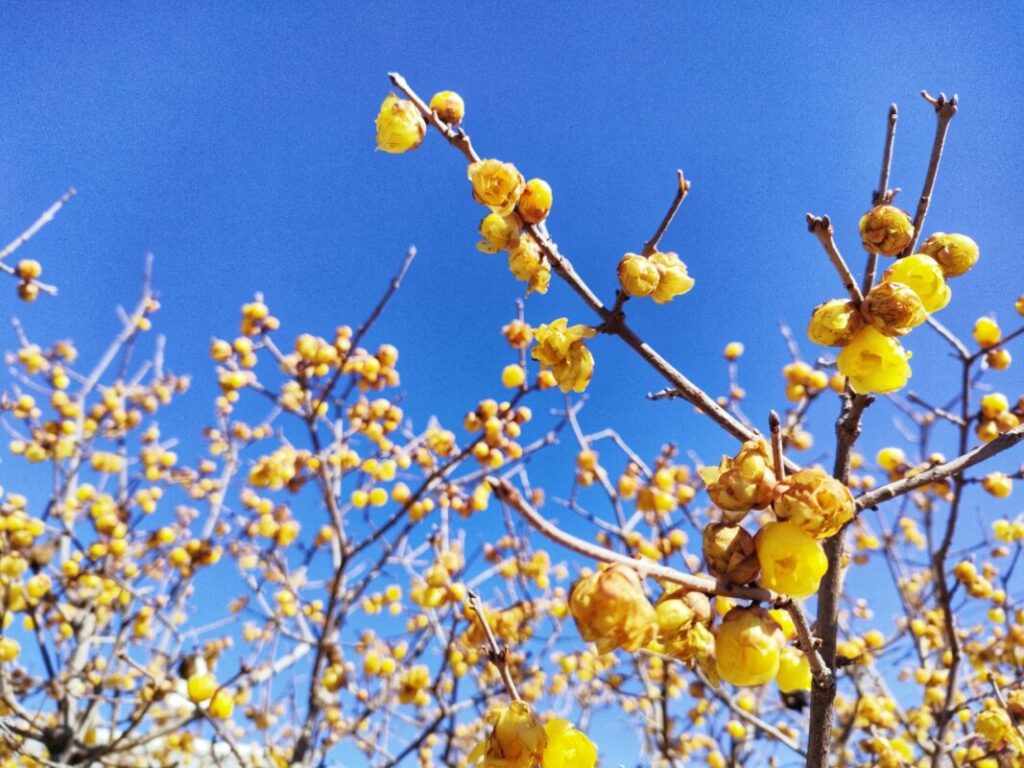
The Establishment and History of the Twenty-Four Solar Terms
The history of the twenty-four solar terms dates back to ancient China, where it is believed to have originated before the Common Era. At that time, China placed great importance on the movement of the sun and the change of seasons, using them as a guide for cultivating crops and daily life. The twenty-four solar terms were born from this background and are still widely used today, mainly in East Asia.
Chinese culture was introduced to Japan through envoys such as the Kenzuishi and Kentōshi, and the twenty-four solar terms were also adopted. It is believed that the twenty-four solar terms were already well-established in Japan by the Nara period. During the Heian period, aristocrats began composing waka poems based on the twenty-four solar terms, and they also appeared in literary works.
The Etymology and Origin of Daikan (Major Cold)
The origin of the word “Daikan” can be traced back to the Chinese classic “I Ching.” In the “I Ching,” there is a description that reads “大寒為陰 (Daikan is the extreme of Yin),” which is interpreted to mean that Daikan is the coldest period of the year and the time when the Yin (cold) energy reaches its peak.
In Japan, the expression “the time of Daikan” appears in the Heian-period literary work “The Pillow Book,” indicating that Daikan was already recognized as the coldest period of the year at that time.
Daikan (Major Cold) and People’s Lives
During the Daikan period, agricultural work becomes difficult due to the severe cold. Therefore, since ancient times, people have made efforts to store food and fuel in preparation for Daikan.
In the Edo period, a ritual called “Kan no Iri” was performed on the day of Daikan. This was a custom where monks visited homes, performed purification rituals, and bestowed blessings. Also, in some regions, people ate mochi called “Kanmochi” on the day of Daikan. Kanmochi is a mochi filled with sweet red bean paste, and it is said to have the meaning of driving away the cold and praying for health.
Looking at the origins and history of Daikan, it is clear that it has been closely related to people’s lives since ancient times. In the next section, I would like to explore the ways of spending time and customs during the Daikan period in present-day Japan while traveling.
How Daikan (Major Cold) is Spent and the Customs in Modern Japan
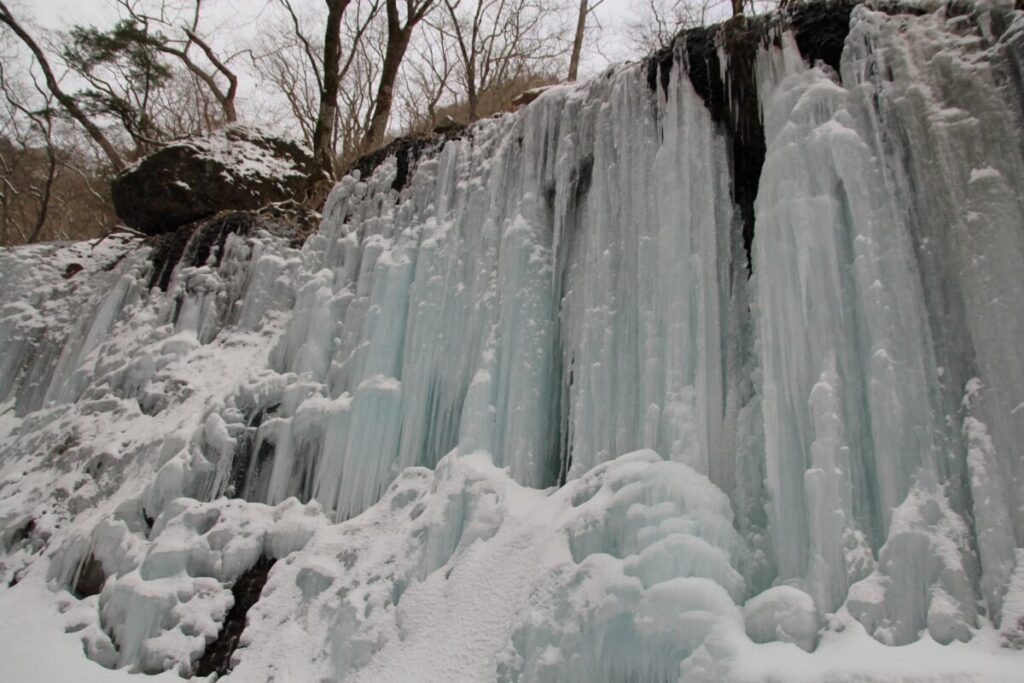
Climate and Nature during Daikan (Major Cold)
During the Daikan period, the Japanese archipelago is covered by a winter-type pressure pattern with high pressure in the west and low pressure in the east, bringing severe cold. Particularly in Hokkaido and the Tohoku region, sub-zero temperatures persist, and some areas are covered in deep snow.
On the other hand, in western Japan, there are more sunny days, but it may snow on the Sea of Japan side. On the Pacific side, although there are many sunny days, the mornings and evenings become bitterly cold.
Even in the midst of this severe cold, early spring flowers such as Fukujusō (Adonis) and Jinchōge (Daphne odora) begin to bloom during the Daikan period. These flowers symbolize the arrival of spring and give people hope.
How Daikan (Major Cold) is Spent in Modern Japan
In modern Japan, there are various ways to spend the Daikan period. In regions with severe cold, many people spend time with family and friends, eating mandarin oranges while sitting in a kotatsu (heated table) or gathering around a hot pot dish.
In hot spring areas, events called “Kan no Jigoku Meguri” (Visiting the Hells of Cold) may be held during this period. This involves touring various hot springs during the cold season to blow away the cold. At the famous hot spring resort of Iizaka Onsen in Fukushima Prefecture, the “Kan no Jigoku Meguri” is held every year during the Daikan period in January, attracting many tourists.
Modern Customs associated with Daikan (Major Cold)
Various customs associated with Daikan still remain in modern times. For example, in Kyoto, there is an event called “Daikan U no Hana.” On the day of Daikan, branches of U no Hana (Deutzia crenata) are displayed in homes to pray for good health and the absence of illness.
Also, at Tsurugaoka Hachimangū Shrine in Kamakura City, Kanagawa Prefecture, “Fukumame Maki” (scattering of lucky beans) is held every year on the day of Daikan. During this event, roasted soybeans called Fukumame are scattered among worshippers, and prayers are offered for good health and household safety.
Furthermore, in Iida City, Nagano Prefecture, there is a custom of making “Kanten Shimenawa” (agar rope) on the day of Daikan. Agar is melted and molded into the shape of a shimenawa (sacred rope) and displayed on the household Shinto altar. Agar has long been regarded as a symbol of longevity.
The Daikan period is a turning point of the seasons, where the arrival of spring can be felt even in the midst of severe cold. In modern Japan, various customs still remain, and people seem to cherish this period. In the next part, I would like to talk specifically about the Daikan customs that I have personally experienced.
Daikan (Major Cold) Customs Experienced by Kasumi
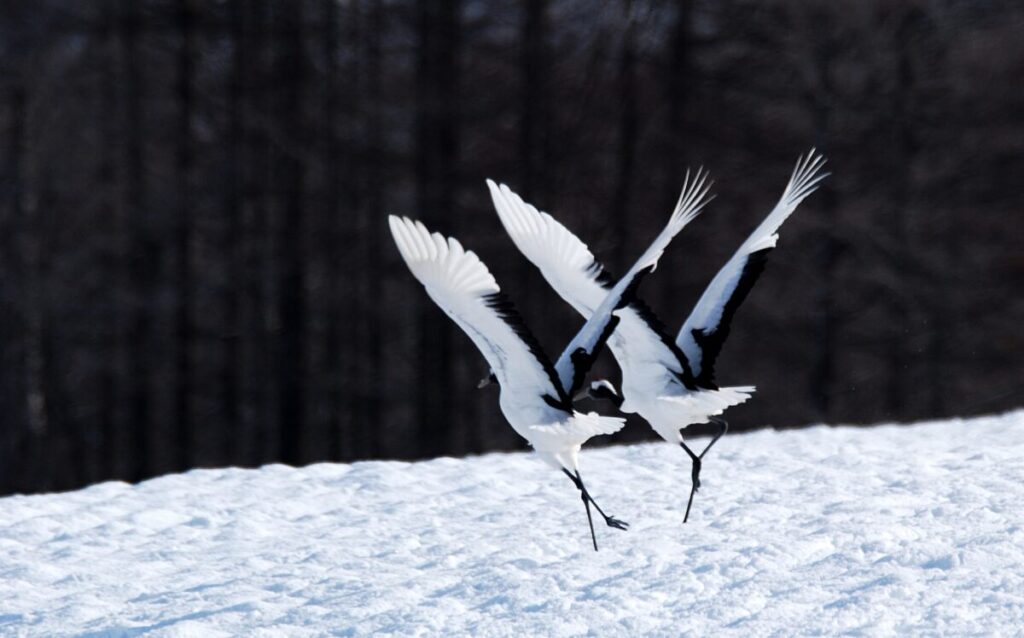
“Drift Ice,” a Winter Scenic Feature of Hokkaido during Daikan (Major Cold)
When I visited Hokkaido during the Daikan period, I was able to see “drift ice” along the coast of the Sea of Okhotsk. Drift ice is a phenomenon where ice that has flowed out from the great rivers of Siberia drifts through the Sea of Okhotsk. Every year, drift ice arrives along the coast of the Sea of Okhotsk from late January to early February.
The arrival of drift ice often coincides with the Daikan period of the year, so it is known as a winter scenic feature of Hokkaido during Daikan. In Mombetsu City, where I visited, the “Drift Ice Festival” was being held, and visitors could experience wakasagi (smelt) fishing and drift ice walking on the ice.
I was overwhelmed by the beauty and power of the drift ice, and at the same time, I could feel the wisdom and courage of the people living in the harsh natural environment.
“Komise” and “Senbei-jiru” in Aomori Prefecture
In Aomori Prefecture, an event called “Komise” was held during the Daikan period. Komise refers to a hut made of snow, where local people gather to drink amazake (sweet sake) and enjoy chatting.
I was also told that a local dish called “Senbei-jiru” is sometimes served in the Komise. Senbei-jiru is a dish made by simmering Nanbu senbei (rice crackers) in a broth, and it is said to be the perfect dish to warm the body during the cold winter.
Komise and Senbei-jiru made me feel the wisdom of the people to overcome the harsh winter and the strength of the community bonds.
The “Japan’s Coldest” Signboard in Yamagata Prefecture
In Yamagata City, Yamagata Prefecture, I noticed a signboard that read “Japan’s Coldest City.” This signboard was created to commemorate the fact that Yamagata City recorded a temperature of -24.5°C on January 17, 1985.
Seeing tourists taking photos in front of the signboard, I was impressed by the city’s efforts to promote tourism by taking advantage of the cold. Also, from the way the local people took pride in the cold, I felt their strength to adapt to the harsh environment.
In Yamagata City, the “Japan’s Coldest Ekiden” (relay race) is held during the Daikan period. All participants are commended, and efforts to enjoy the cold can be seen everywhere.
The customs of Daikan vary from region to region, but all of them reflect the wisdom and strength of the people who have faced and overcome the severe cold. I would like to continue traveling around Japan and experiencing the customs and lives of people during the Daikan period.
Conclusion and Thoughts
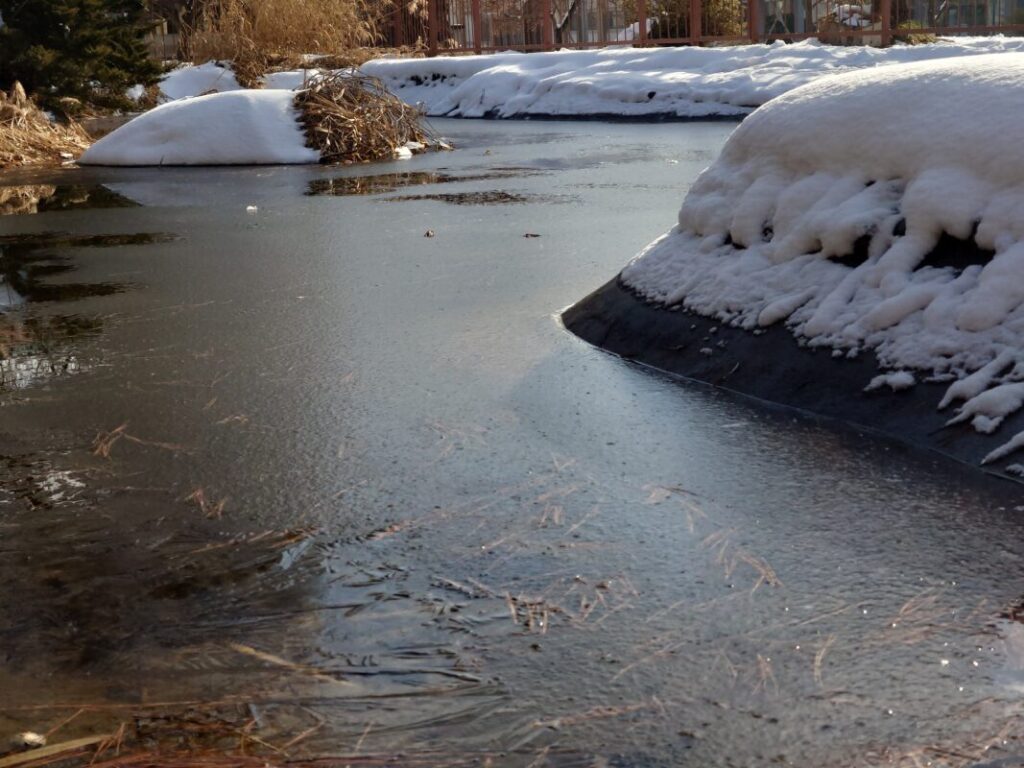
We have explored Daikan (Major Cold), from its origins to modern customs. How was it? Daikan is the coldest period of the year, but it is also a turning point of the seasons that heralds the arrival of spring.
The twenty-four solar terms, which have been used in Japan and China since ancient times, have been closely related to people’s lives. During the Daikan period, the wisdom of our ancestors has been utilized, such as storing food and fuel in preparation for the severe cold.
Even today, various customs remain during the Daikan period. From the drift ice in Hokkaido, the Komise and Senbei-jiru in Aomori Prefecture, to the “Japan’s Coldest” signboard in Yamagata Prefecture, each region has its own ways of enjoying and overcoming the cold.
Through my travels across Japan, I was able to feel the diversity of Daikan customs and the individuality of each region. Even in the midst of the harsh cold, I felt I could find the warmth and strength of the people, as well as the hope for spring.
The events and customs of Japan’s four seasons make us feel the changing of nature and teach us the wisdom of our ancestors. I would like to continue exploring Japanese culture and customs while cherishing the changing of the seasons.
Kasumi Points
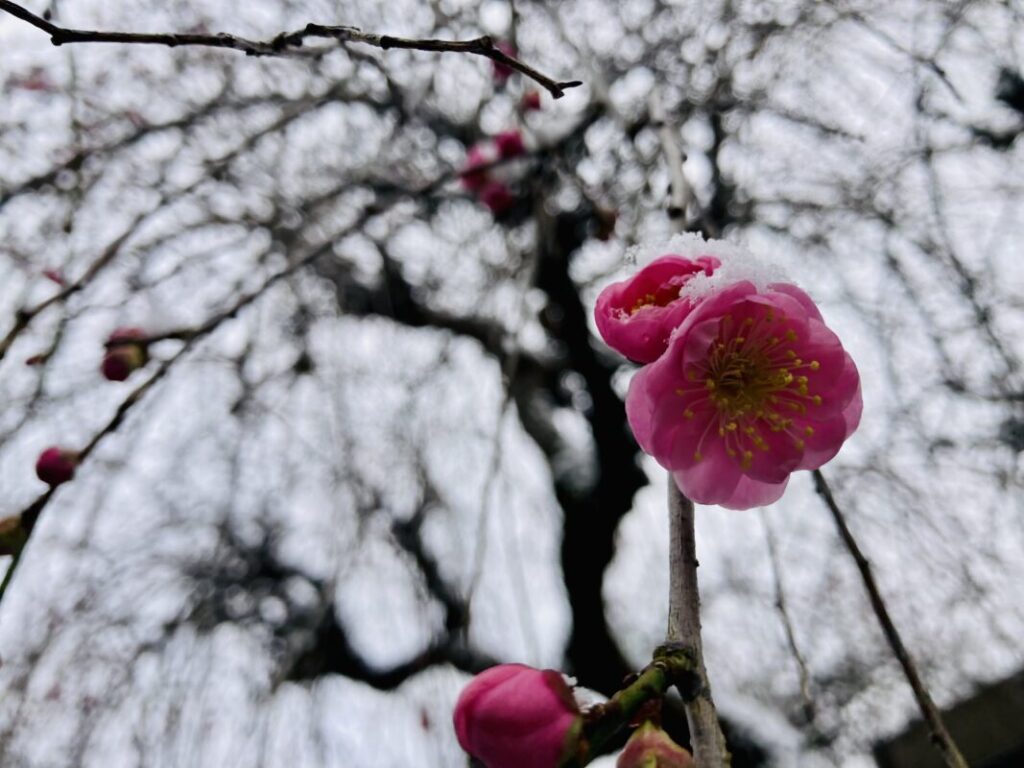
The Characteristics of Daikan in Hokkaido
Drift Ice Tourism
Drift ice tourism is popular as the arrival of drift ice along the coast of the Sea of Okhotsk coincides with the Daikan period. Visitors can experience drift ice walking and icebreaker ship cruises on the Garinko II.
The Characteristics of Daikan in Aomori Prefecture
Komise and Senbei-jiru
People gather in snow huts called “Komise,” where they drink amazake (sweet sake) and enjoy chatting. In Komise, a local dish called Senbei-jiru is sometimes served.
The Characteristics of Daikan in Yamagata Prefecture
Japan’s Coldest Signboard and Ekiden Race
The signboard boasting “Japan’s Coldest City” is famous for recording -24.5°C in 1985. During the Daikan period, the “Japan’s Coldest Ekiden” (relay race) is held, showcasing efforts to enjoy the cold.
The Characteristics of Daikan in Kyoto Prefecture
Daikan U no Hana
On the day of Daikan, branches of U no Hana (Deutzia crenata) are displayed in homes to pray for good health and the absence of illness. This custom has been passed down in Kyoto for a long time and is sometimes observed in geisha districts and ryotei (traditional Japanese restaurants).
The Characteristics of Daikan in Nagano Prefecture
Kanten Shimenawa
On the day of Daikan, agar is melted and molded into the shape of a shimenawa (sacred rope) and displayed on the household Shinto altar. Agar is considered a symbol of longevity and has the meaning of wishing for health. This custom is mainly passed down in Iida City.






